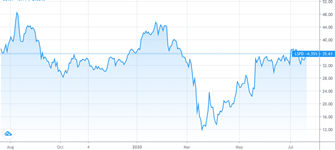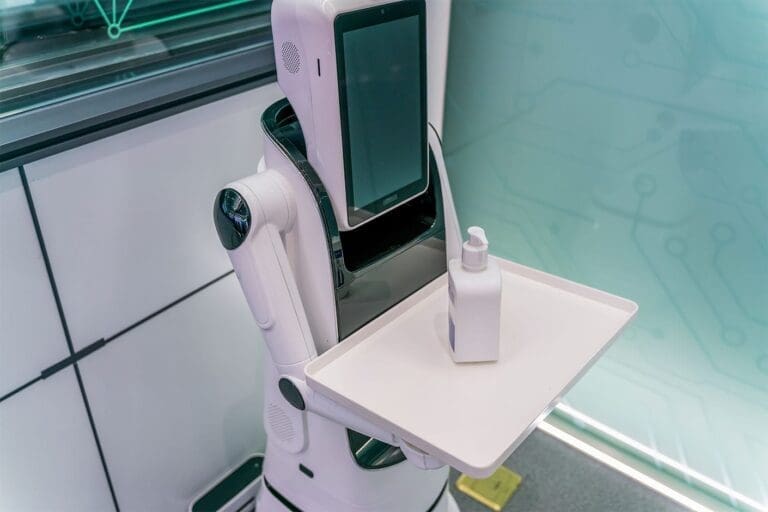Understanding the how, when and by whom the revenue is generated forms the basis for the sustainable long-term success of any business. This data is the ultimate validation of the entire business model. If revenue is increasing and so is the profit margin, restaurant managers know that the business is running well. However, if revenue is decreasing, this signals the first red flag that close analysis of the situation is necessary.
What could the decrease in revenue mean?
- Customers don’t like the offering anymore.
- Quality is decreasing and loyal customers are not returning.
- More competition.
- Outdated offering.
- Location is depreciating (building work next to the restaurant?)
In brief, the POS data can be used to steer the business forward, as well as highlight the danger signs if the business is getting impacted by positive or negative factors which need to be analysed by the restaurant manager.
For more actionable tactics, read the two-parts series: Turn data into success; Data analysis for small F&B businesses – Part 1 / Part 2
More than cloud and API, what factor is impacting the POS industry
New legislation is being implemented to fight black money. For the last few years, many countries n Europe have been introducing a new fiscalisation system. These new rules are pushing small legacy players out of the market due to high investment to conform with the new laws. At the moment, there are 17 countries that adopted a new system. Pretty much every country has a different approach to it, and this is the reason why there is no Pana-European POS that dominates most of the market. Oracle Micros aside, an international player is Vectron (semi-cloud system), which is facing tough years due to the surge of cloud players like orderbird and Lightspeed or Gastrofix (recently acquired by Lightspeed NDR).


The shares of Vectron VS Lightspeed shows how fully cloud systems are performing better in the financial market. In conclusion, POS data is the backbone of the restaurant success. Keep revenue data and related KPI’s under control from any device and set some alert/ signals when your revenue is hitting certain thresholds.
In this way the restaurant manager will be able to act instead of react and take quick informed decision about what is happening next in the restaurant.
This article was first published on EHL Insights.
References:
Product Manager at HOSPITALITY.digital – Innovating the hospitality industry


















